Return to Sender
This story shows how the political impact of electronic communication is a global phenomenon that impacts institutions of governance and civic discourse.
Labels: e-mail etiquette
A blog about digital rhetoric that asks the burning questions about electronic bureaucracy and institutional subversion on the Internet.
Labels: e-mail etiquette
Labels: book reviews
Labels: book reviews
Labels: digital parenting, social networking
Labels: Google
Labels: e-mail etiquette, science

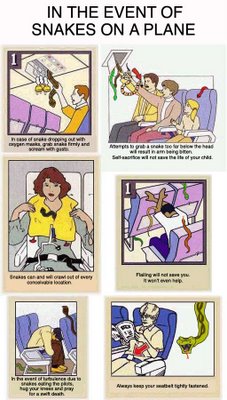
Labels: blogging, government websites
Labels: personal life
Labels: consumerism, religion, search engines
Labels: government websites
 The news about pending legislation in France to require Apple iTunes proprietary technology to be uncoupled from the company's iPod player may remind some of last year's story about French resistance to the Google Print electronic archive initiative. In both cases, accusations were made that American cultural hegemony was being furthered at the same time that corporate technological monopolies were being strengthened.
The news about pending legislation in France to require Apple iTunes proprietary technology to be uncoupled from the company's iPod player may remind some of last year's story about French resistance to the Google Print electronic archive initiative. In both cases, accusations were made that American cultural hegemony was being furthered at the same time that corporate technological monopolies were being strengthened.

Labels: composition, distance learning, military
Labels: database aesthetics, Iraq war

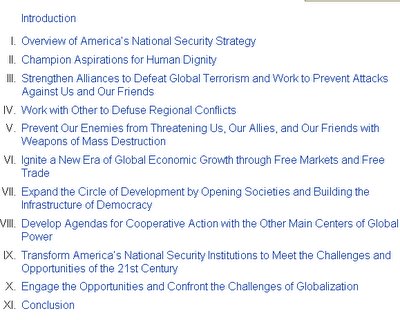

Labels: Iraq war, powerpoint politics, White House
Labels: higher education, Middle East
Labels: government reports, justice system, White House
 With so much mainstream press about asocial video games, it's refreshing to see that this month Water Cooler Games covers two games aimed at enacting nonviolent resolutions to incendiary political conflicts.
With so much mainstream press about asocial video games, it's refreshing to see that this month Water Cooler Games covers two games aimed at enacting nonviolent resolutions to incendiary political conflicts.Labels: serious games, sports
Labels: urbanism
Labels: urbanism

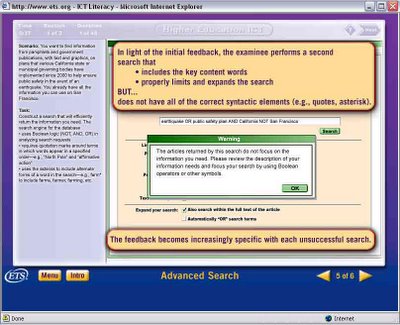
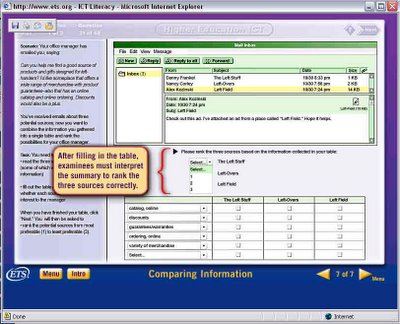 From my information literacy perspective, I would say that Project SAILS is developing a much better multiple-choice tool, which is actually being facilitated by university librarians. Yet I don't think any such limited format could ever adequately model the complexities of real searches and forays into electronic communication. There are too many correct paths to an information literacy goal and too many wrong paths as well.
From my information literacy perspective, I would say that Project SAILS is developing a much better multiple-choice tool, which is actually being facilitated by university librarians. Yet I don't think any such limited format could ever adequately model the complexities of real searches and forays into electronic communication. There are too many correct paths to an information literacy goal and too many wrong paths as well.Labels: hoaxes, information literacy, teaching
Labels: Microsoft
Labels: Google, government websites
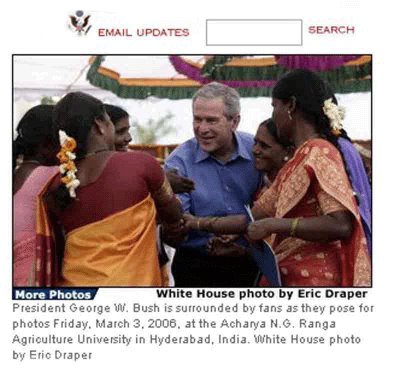 Today is Blog against Sexism Day, in honor of International Women's Day, which initially commemorated the labor, hardships, and unionization efforts of female textile workers who earned subsistence livings under terrible conditions. You can also honor the day with an e-card to send socialist, feminist greetings to that special woman in your life. The official International Women's Day website now has a corporate sponsor, HSBC. You don't suppose they fund any sweatshops, do you?
Today is Blog against Sexism Day, in honor of International Women's Day, which initially commemorated the labor, hardships, and unionization efforts of female textile workers who earned subsistence livings under terrible conditions. You can also honor the day with an e-card to send socialist, feminist greetings to that special woman in your life. The official International Women's Day website now has a corporate sponsor, HSBC. You don't suppose they fund any sweatshops, do you?Labels: blogging, White House
Labels: religion

Labels: medicine, personal life, UCLA
Labels: print media, USC
Labels: hoaxes

Labels: Iraq war, White House
Labels: digital archives
Labels: Iraq war, serious games, USC
Labels: distance learning, USC